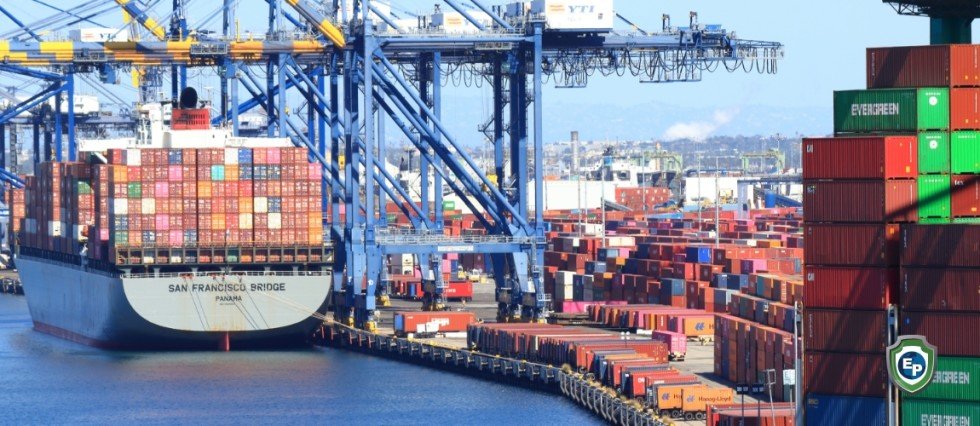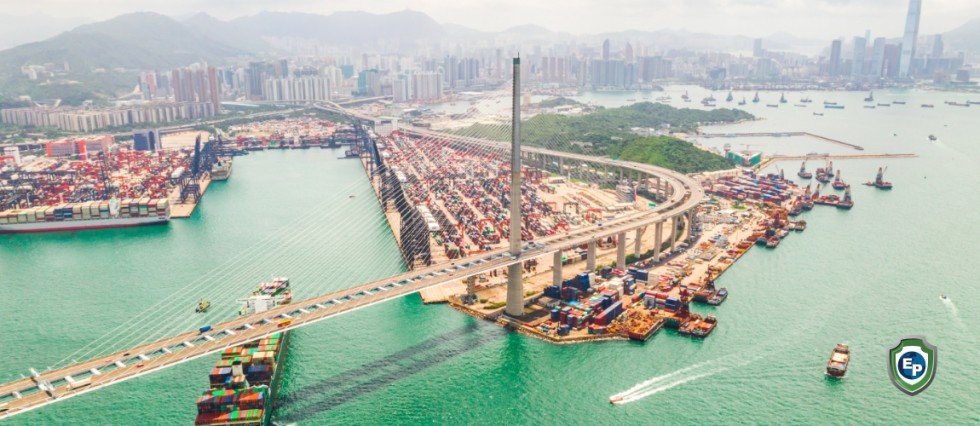The New Asia-Pacific Free Trade Area Comes into Force
Several rising trade challenges have prompted many countries to reevaluate their alliances and propose new arrangements, like the RCEP, to solve the emerging difficulties. Come read our blog to learn more about the RCEP.

The new challenges of world trade have led various countries to reconsider their alliances and reflect on agreements more suited to the new issues. This is how many multilateral agreements have emerged around the world, including the Regional Comprehensive Economic Partnership (RCEP), described by experts as the largest free trade agreement in the world.
What Is a Free Trade Area?
A free trade area (FTA) is an area within which goods can be shipped, handled, manufactured, reconfigured, and re-exported without the intervention of customs agencies. A major seaport, international airport, or border facility between two or more countries may be designated as a free trade zone. It is also an economic area in which states that have concluded an agreement remove customs or tariff barriers between themselves in certain commercial sectors. This concept differs from that of the customs union, which specifies that the signatory states apply a common customs tariff to countries outside the group of signatory countries.
The most important free trade areas excluding the RCEP are the European Free Trade Association (EFTA) between Norway, Iceland, Switzerland, and Liechtenstein, the North American Free Trade Agreement (NAFTA) between Canada, the US, and Mexico, and the Association of Southeast Asian Nations (ASEAN) between Indonesia, Malaysia, Philippines, Singapore, Thailand, Brunei Darussalam, Vietnam, Laos, and Cambodia.

An Agreement That Will Reshape Global Trade
The RCEP entered into force on January 1st, 2022. This free trade agreement between Australia, Brunei, Cambodia, China, Indonesia, Japan, South Korea, Laos, Malaysia, Myanmar, New Zealand, Philippines, Singapore, Thailand, and Vietnam covers a third of the world economy and will eliminate 90% of tariffs among these 15 East Asian and Pacific countries. It is expected to boost intra-regional exports by $42 billion because the member countries have committed to opening up more than 100 service trade sectors covering finance, telecommunications, transport, tourism, and research and development.
As a reminder, both India and the US were supposed to be members of the RCEP and CPTPP, respectively, but withdrew under the Modi and Trump governments. But the absence of these two giants does not change its importance, especially since the door is not definitively closed to them.
Learn More with Export Portal
Export Portal is a comprehensive global trade hub, helping you trade safely and securely. We prioritize security and transparency and make sure our readers are updated with the latest trade news. Check out our newsletter today and stay in the loop!


















Comments 2